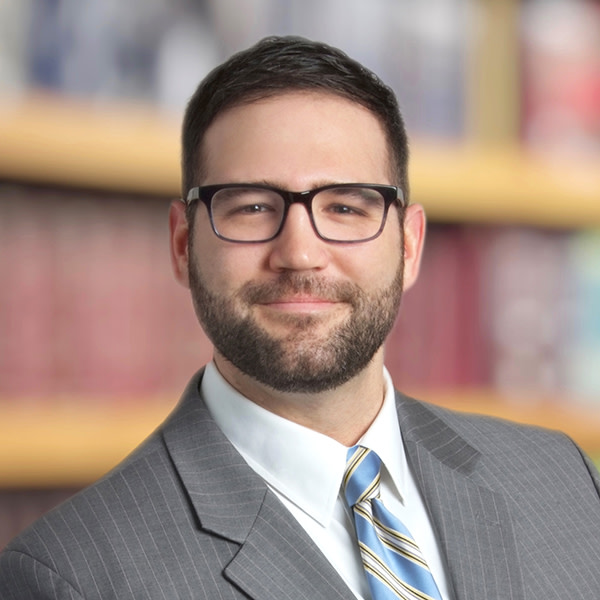Warranties provided to project owners are often some of the most-negotiated provisions in a construction contract. What will the warranties cover? How can they be enforced? Perhaps most importantly: how long will they be in force? Arguments regarding one recent construction project in Ohio demonstrate the importance of knowing whether contractual language does, or does not, create a warranty—and how long the project owner can attempt to enforce it.
Ohio, like many states, has enacted a statute of repose applicable to construction matters: R.C. 2305.131. In essence, the statute of repose bars a party from bringing claims for injury or property damage arising out of defective construction later than ten years from the date of substantial completion of the project. See R.C. 2305.131(A). The statute serves an important public policy goal of preventing “stale litigation” where availability of evidence may be problematic, documents may no longer be preserved, and memories may have faded due to the passage of time. See, e.g., Board of Education of Martins Ferry School District v. Colaianni Construction, Inc, et al., 219 N.E.3d 1021, 2023-Ohio-2285, ¶ 17 (7th Dist.). As with many statutes, however, the devil is in the details because R.C. 2305.131 contains several exceptions. Of interest here, R.C. 2305.131(D) states that the ten-year statute of repose does not prevent an action against “a person who has expressly warranted or guaranteed an improvement to real property for a period longer than [ten years after substantial completion] and whose warranty or guarantee has not expired as of the time of the alleged bodily injury, injury to real or personal property, or wrongful death in accordance with the terms of that warranty or guarantee.” (Emphasis added.) Thus, if the contractor provided a warranty lasting more than ten years from the date of substantial completion, that warranty trumps the statute of repose.
In Board of Education of Martins Ferry School District v. Colaianni Construction, Inc, et al., the project at issue involved construction of two new school buildings for the Martins Ferry School District (the “District”). The District claimed that the roofs of the buildings at issue had been defectively constructed and required complete removal and installation of new roofs. Although the project at issue was substantially completed in 2008, the owner did not file its complaint until 2019 (i.e., beyond the statute of repose’s ten-year cutoff). The District therefore attempted to use the exception provided in R.C. 2305.131(D) to escape application of the statute of repose. The District argued that the project had been designed according to the requirements of the Ohio School Design Manual (“OSDM”), including, but not limited to the requirement that “[s]chool building structures and exterior enclosures shall be designed and constructed of materials which will perform satisfactorily for 40 years with only minor maintenance and repairs, and for 100 years before major repairs or replacement of primary structural or exterior enclosure elements is required.” Id. at ¶ 45 (emphasis added). The District also argued that one of the specification sections for fiberglass shingles required the contractors to “[p]rovide manufacturer’s 40-year transferable warranty with the first five years non-prorated and the remaining time prorated, and a 40-year guarantee for all roofing products installed under this Section.” Id. at ¶ 93 (emphasis added). The trial court rejected those arguments in a summary opinion without significant analysis, and the District appealed the ruling to the Seventh District Court of Appeals.
The Seventh District Court of Appeals affirmed the ruling of the trial court. The opinion addressed many different arguments asserted by the District in its attempt to avoid application of the statute of repose, but as relevant here, the opinion explained why it rejected the arguments relating to the warranty exception in R.C. 2305.131(D). As to the OSDM argument, the Seventh District reasoned that the design contracts only required the architects to “endeavor to ensure” that the designs complied with the OSDM, which was insufficient under Ohio law to incorporate all the requirements of the OSDM—including the alleged 40- and 100-year warranties—into the design contracts. Id. at ¶ 92. As to the specification argument, the Seventh District reasoned that the specification referenced only a manufacturer’s warranty and, since the District was complaining that the products installed were incorrect (as opposed to being defective), that warranty did not come into play. Id. at ¶ 94. The District chose not to appeal the ruling of the Seventh District Court of Appeals to the Supreme Court of Ohio, meaning that the Seventh District’s ruling became final.
Martins Ferry v. Colaianni Construction is important because it provides certainty for roofing contractors and architects under the specific OSDM provisions and specifications at issue in that case. It also provides a useful lesson for the industry as a whole. Contracting parties must look beyond the provisions clearly labeled as “warranties” or “guarantees” in their contracts and consider whether other provisions—although not labeled as such—could be interpreted as warranties or guarantees. When negotiating contracts, contracting parties should consider clarifying such provisions to expressly state whether they constitute a warranty or guarantee. After all, succession planning at any company is difficult enough—it shouldn’t require also passing on knowledge of potential risks posed by extended warranty periods that the company entered into decades ago.
This article was previously published as “Statute of Repose Warranties” in the April 2024 issue of Properties Magazine.



